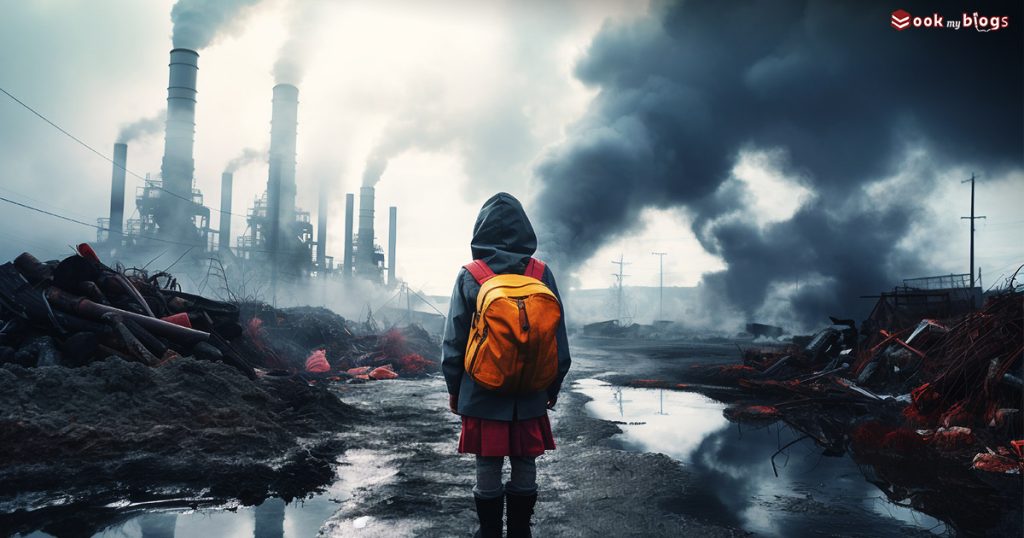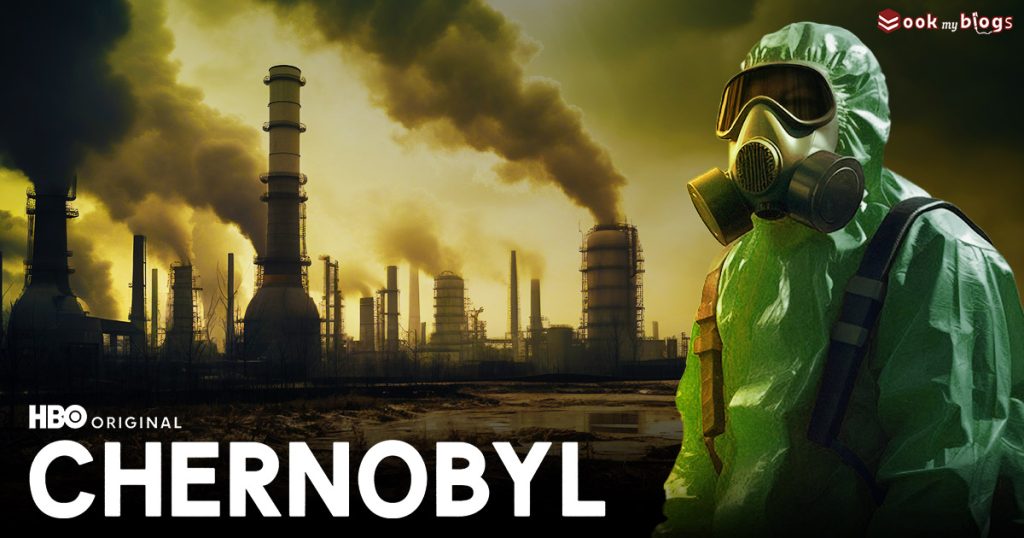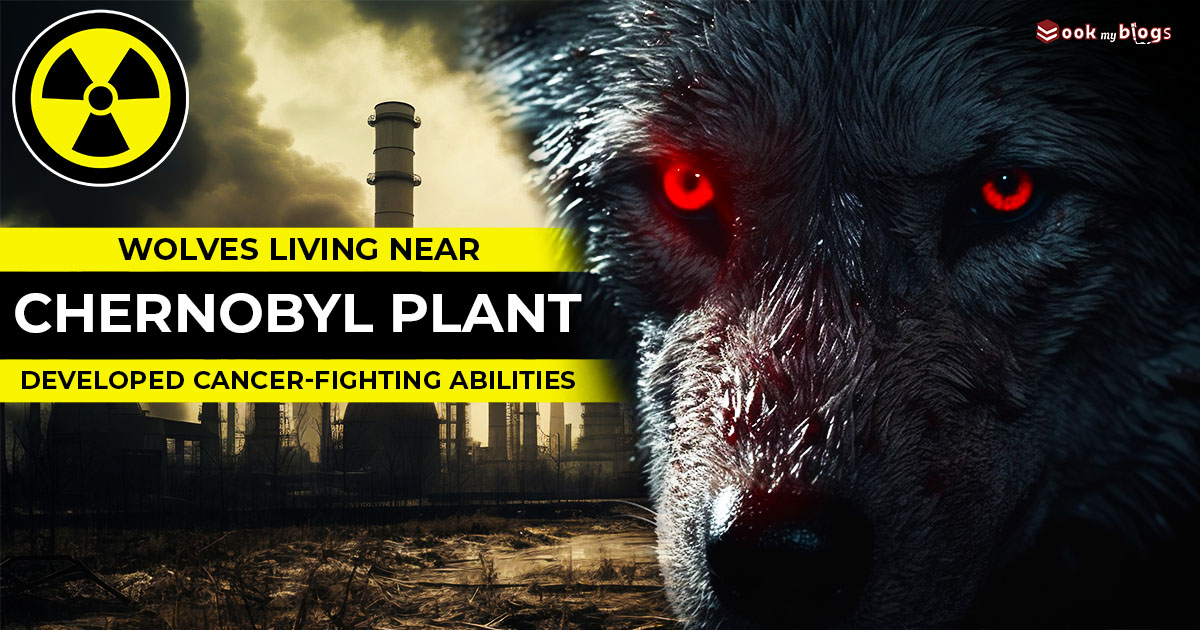On 26th April 1986, the fallout from the Chernobyl Nuclear Disaster continues to be seen in unexpectedly increased ways. A new study has disclosed something astonishing about wolves living in the CEZ (Chernobyl Exclusion Zone).
The study was also recently presented at the Society of Integrative and Comparative Biology’s Annual Meeting in Seattle. It showed that the animals’ responses were comparable to those of human patients who had undergone cancer radiation treatment.
Let us dig in deep to learn about the Chernobyl nuclear disaster, its effects, and many more.
What Was The Chernobyl Nuclear Disaster?

In 1986, on 26th April, a sudden wave of power during a reactor systems test shattered Unit 4 of the nuclear power station at Ukraine’s Chernobyl in the former Soviet Union. The fire and the accident that followed released a vast amount of radioactive material into the environment.
The emergency response to Radioactive contamination was huge. Also, the emergency crews responding to the Chernobyl nuclear disaster used helicopters to pour boron and sand on the reactor debris. The boron was to stop additional nuclear reactions, and the sand was to prevent the fire and release of additional radioactive material.
The Soviet government cut down and buried about a square mile of forest of pine near the plane to decrease radioactive contamination at and near the site. The other three Chernobyl reactors were later restarted, but all ultimately shut down for good, with the last reactor closing in December 2000. The Soviet nuclear power sources presented their initial calamity report to an International Atomic Energy meeting in Vienna, Austria, in August 1986.
About The Chernobyl Webseries:

Chernobyl is a historical drama television miniseries of 2019. It revolves around the Chernobyl nuclear disaster of 1986 and the efforts that followed. This engrossing miniseries conveys the powerful story of the most destructive man-made accident ever. Also, following the tragedy from the moment of the early-morning blast through the chaos and loss of precious lives in the following days, weeks, and months.
The series was directed by Johan Renck and also written and created by Craig Mazin. The film features an ensemble cast led by Stellan Skarsgard, Jared Harris, Paul Ritter, and also Emily Watson. HBO produced the miniseries in the United States and Sky UK in the United Kingdom.
What Are The Effects Of The Chernobyl Nuclear Disaster?
According to a study, a pack of wolves that roam the human-free Chernobyl Exclusion Zone has developed a resistance to cancer. Further, the study says, it could be the key to help fighting the deadly disease.
In the high levels of radiation that have bothered the area after a nuclear reactor, the wild animals have somehow managed to survive and adapt. After the explosion spread cancer-causing radiation in the place, humans left that particular area. Also, a 1,000-square-mile zone was roped off to stop additional human exposure.
Since the nuclear disaster, wildlife has again reclaimed that area. This also includes the packs of wolves that seem to be unchanged by chronic exposure to radiation. Cara Love is an ecotoxicologist and an evolutionary biologist in Shane Campbell-Staton’s lab at Princeton University. She has been researching how the mutant wolves have evolved to survive their radioactive area. She further presented her findings at the Annual Meeting of the Society of Integrative and Comparative Biology in Washington, Seattle, last month.
In 2014, Cara and her colleagues went inside the CEZ and put GPS collars that were equipped with radiation dosimeters on the pack of wolves. She further found that the wolves were exposed to upwards of 11.28 millirem of radiation daily for their whole life. This was over six times the legal safety limitation for the average human worker.
These wild animals developed altered immune systems. Ms Cara Love compared this to what happens when cancer patients experience radiation. What she called ‘most promising’ is that she was able to find out the specific regions of the wolf genome that seem resilient to higher cancer risk. Researchers are hopeful about the study because it may help fight deadly diseases in humans.
You can also Read: US Student Loan Forgiveness
FAQ’s
Q. Is Chernobyl still radioactive?
The Chernobyl radiation level is now much lower than in the initial days after the accident.
Q. How many people died at Chernobyl?
The official death toll recognized by the international community is 31 people, with the UN saying it could be 50 in total.
Q. What caused the Chernobyl disaster?
The Chernobyl nuclear disaster happened when technicians at Unit 4 nuclear reactor attempted a badly planned experiment.
Q. Why is Chernobyl the worst nuclear disaster?
Chernobyl was the worst disaster in history that released more than 400 times as much radioactive contamination as the Hiroshima atomic bomb.

